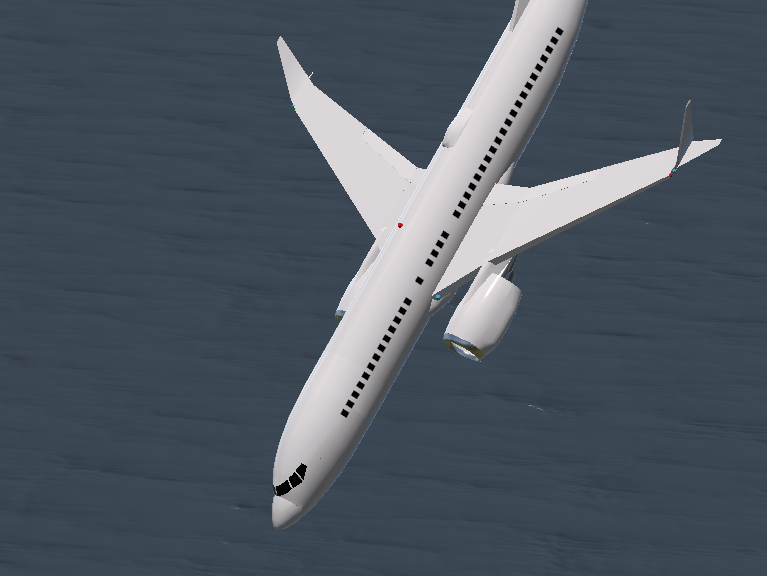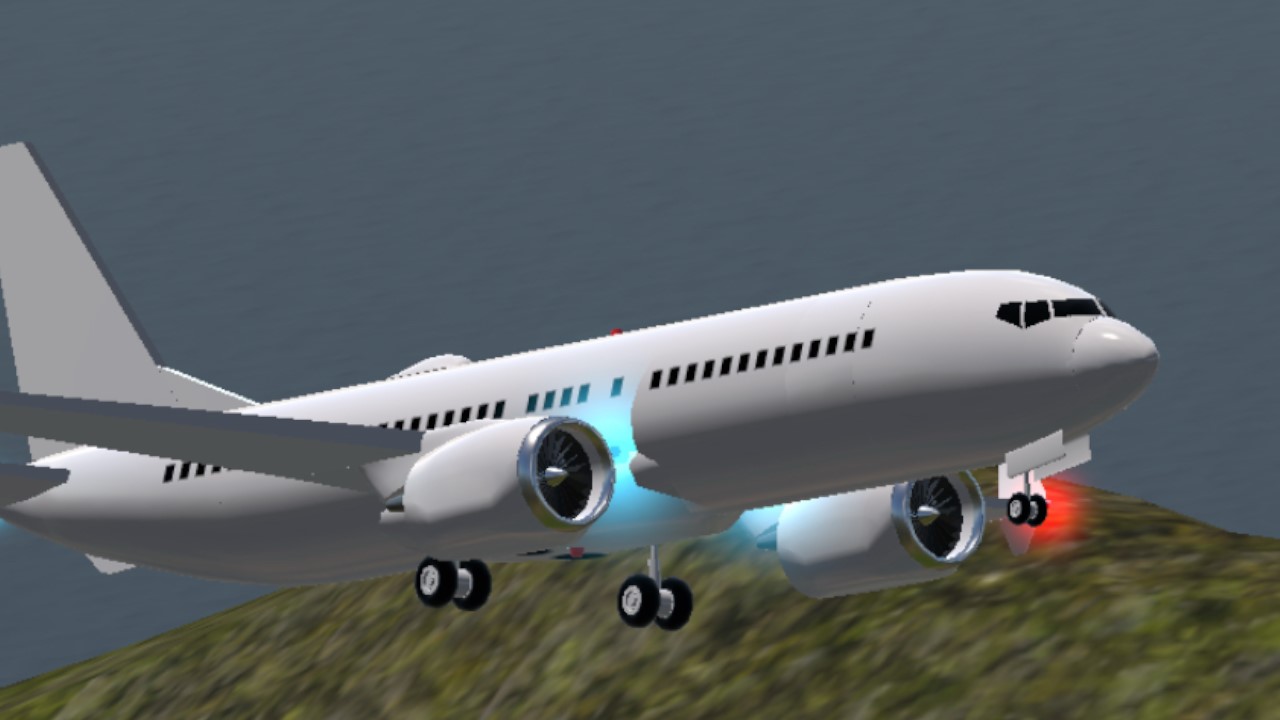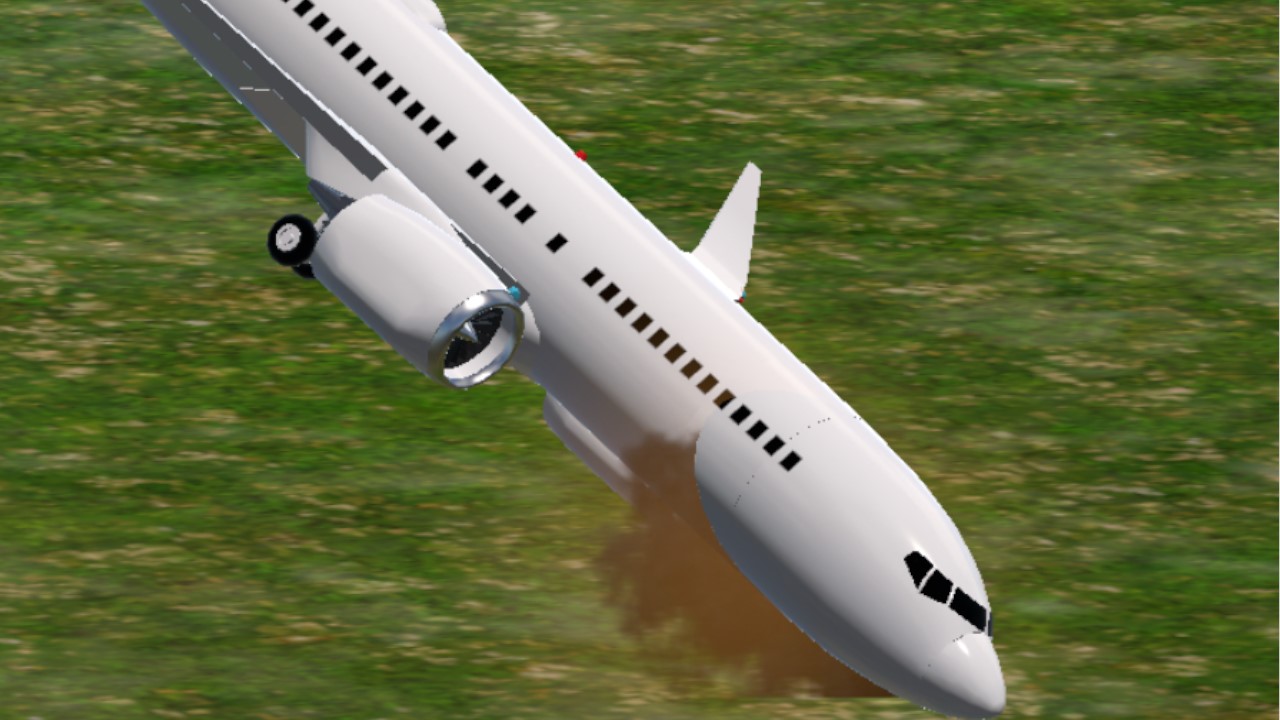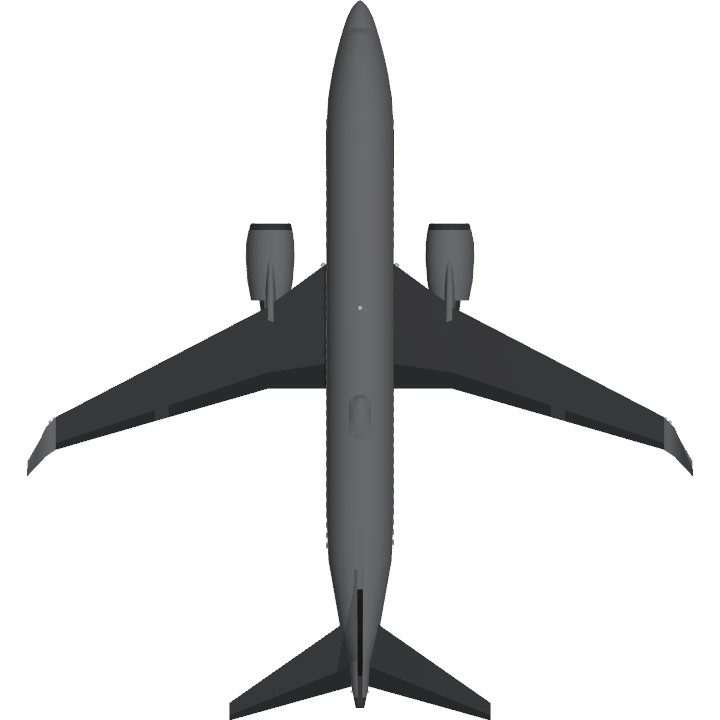Farewell @MAPA
Credit to: @MAPA For the Boeing 737.
Back to Reworks! This time, it’s my first reworked Boeing 737 MAX, Boeing’s grounded plane.
New Features:
- Controllable Flaps
- Removed Livery
- Adjusted Throttle
- Cockpit Window Now Dark
- Passenger Windows Now Dark
- Fixed some bugs
I hope you enjoy!

Important Information (Wikipedia)
The Boeing 737 MAX is the fourth generation of the Boeing 737, a narrow-body airliner manufactured by Boeing Commercial Airplanes. It succeeds the Boeing 737 Next Generation (NG) and competes with the Airbus A320neo family. The series was announced in August 2011, first flown in January 2016, and certified by the US Federal Aviation Administration (FAA) in March 2017. The first 737 MAX delivered to a customer was a MAX 8 to Malindo Air, which accepted and began operating the aircraft in May 2017.
The 737 MAX is based on earlier 737 designs, with more efficient CFM International LEAP engines, aerodynamic changes including distinctive split-tip winglets, and airframe modifications. The 737 MAX series has been offered in four variants, with 138 to 204 seats in typical two-class configuration, and a range of 3,300 to 3,850 nautical miles [nmi] (6,110 to 7,130 km; 3,800 to 4,430 mi). The 737 MAX 7, MAX 8, and MAX 9 are intended to replace the 737-700, -800, and -900 respectively, and a further-stretched 737 MAX 10 is available. However, as of October 2024, the MAX 7 and MAX 10 have not been certified, with the FAA declining to provide a timetable for approval. As of August 2024, the 737 MAX has 4,729 unfilled orders and 1,618 deliveries.

The 737 MAX has been involved in two fatal accidents: Lion Air Flight 610 in late 2018 and Ethiopian Airlines Flight 302 in early 2019, in which 346 people died. Contributing to the accidents was the Maneuvering Characteristics Augmentation System (MCAS), which activated unexpectedly due to erroneous angle of attack data, and remained active because of pilot error caused by inadequate training. The aircraft was subsequently grounded worldwide from March 2019 to November 2020, with the FAA garnering criticism for being the last major authority to ground it.[6] Investigations found Boeing did not fully inform operators about MCAS and found shortcomings in the FAA's certification process for the aircraft. The accidents and grounding cost Boeing an estimated US$20 billion in fines, compensation, and legal fees as of 2020, with indirect losses of more than US$60 billion from 1,200 cancelled orders.[7][8][9] In 2021, Boeing paid US$2.5 billion in penalties and compensation to settle the DOJ's fraud conspiracy case against the company.[10][11] Further investigations revealed the FAA and Boeing had colluded on recertification test flights and attempted to cover up important information, and that the FAA had retaliated against whistleblowers.[12] The FAA cleared the aircraft to return to service on November 18, 2020, subject to mandated design and training changes. Canadian and European authorities followed in late January 2021. By December 2021, when Chinese authorities lifted their grounding, 180 of 195 countries had cleared the 737 MAX to return to service.
In January 2024, the doorway closure blew out of an unused exit doorway on Alaska Airlines Flight 1282, causing an uncontrolled decompression of the aircraft. The FAA immediately mandated a grounding and inspections of all 737 MAX 9 with a similar configuration; affected aircraft were returned to service starting at the end of that month. The investigation found the plug was not fully bolted into place during production; a subsequent FAA audit found many problems in the production process.[13]
Specifications
Spotlights
- dabestsock 17 days ago
General Characteristics
- Predecessor Boeing 737-8 MAX (Norwegian)
- Created On iOS
- Wingspan 187.7ft (57.2m)
- Length 203.0ft (61.9m)
- Height 64.6ft (19.7m)
- Empty Weight 22,495lbs (10,203kg)
- Loaded Weight 45,025lbs (20,423kg)
Performance
- Power/Weight Ratio 2.395
- Wing Loading 14.7lbs/ft2 (71.9kg/m2)
- Wing Area 3,056.9ft2 (284.0m2)
- Drag Points 7850
Parts
- Number of Parts 86
- Control Surfaces 9
- Performance Cost 516







MCAS.....